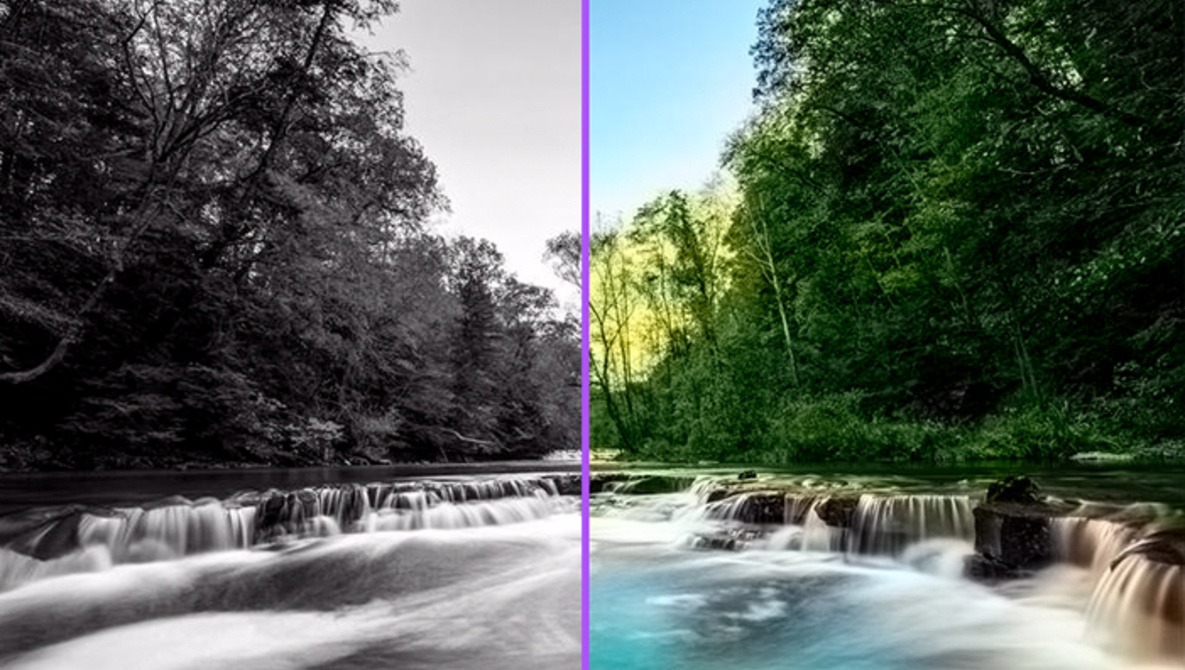
In the vast realm of digital imagery, one technique stands out as a blend of artistry and technical prowess: image colorization. At its core, image colorization is the process of adding color to monochrome or grayscale images, breathing life into moments frozen in time. This intersection of creativity and technology has captivated imaginations, offering a glimpse into the past with a contemporary twist.
The allure of image colorization lies in its ability to transform historical photographs, turning them from relics of the past into vibrant windows to bygone eras. With advancements in artificial intelligence and machine learning, modern colorization techniques have reached unprecedented levels of accuracy and efficiency. Gone are the days of manual colorization; today, algorithms can automatically add color to grayscale images with remarkable fidelity.
At the heart of image colorization algorithms is the utilization of deep learning models, particularly convolutional neural networks (CNNs). These models are trained on vast datasets of both black-and-white and color images, learning intricate patterns and correlations between grayscale inputs and their corresponding colored outputs. Through this training process, the model gains an understanding of how colors are distributed in various contexts, enabling it to intelligently apply color to grayscale images.
One of the key challenges in image colorization is ensuring that the colors added to the image are both realistic and contextually appropriate. To address this challenge, colorization algorithms often incorporate additional information, such as semantic segmentation, which helps the model understand the objects and elements present in the image. By analyzing the content of the image, the algorithm can make informed decisions about which colors to apply to different regions, ensuring that the final result is visually coherent.
Moreover, modern image colorization techniques offer users a high degree of control and customization. Through user-guided approaches, individuals can interactively provide hints or suggestions to the algorithm, influencing the colorization process according to their preferences. This level of interactivity empowers users to imbue the colorized images with personal meaning and interpretation, bridging the gap between the past and the present.
Beyond historical photographs, image colorization has found applications in various domains, including film restoration, artistic expression, and even medical imaging. In the realm of film restoration, colorization can breathe new life into classic movies, allowing audiences to experience them in vibrant color palettes. Artists, too, have embraced image colorization as a tool for creative expression, using it to reimagine iconic artworks or to add depth to their own compositions.
In the field of medical imaging, colorization plays a crucial role in enhancing the interpretability of diagnostic images. By adding color to grayscale medical scans, such as MRIs or CT scans, clinicians can better differentiate between healthy and pathological tissues, aiding in diagnosis and treatment planning.
However, despite its many advancements, image colorization is not without its limitations. Challenges such as accurate color reproduction, preservation of original details, and avoidance of color bleeding or artifacts remain areas of active research and development. Furthermore, ethical considerations surrounding the manipulation of historical imagery raise questions about authenticity and fidelity to the original context.
In conclusion, image colorization represents a captivating fusion of art and science, offering a glimpse into the past through the lens of modern technology. With its ability to breathe new life into historical photographs and its diverse applications across various domains, image colorization continues to push the boundaries of creativity and innovation in the digital age.
